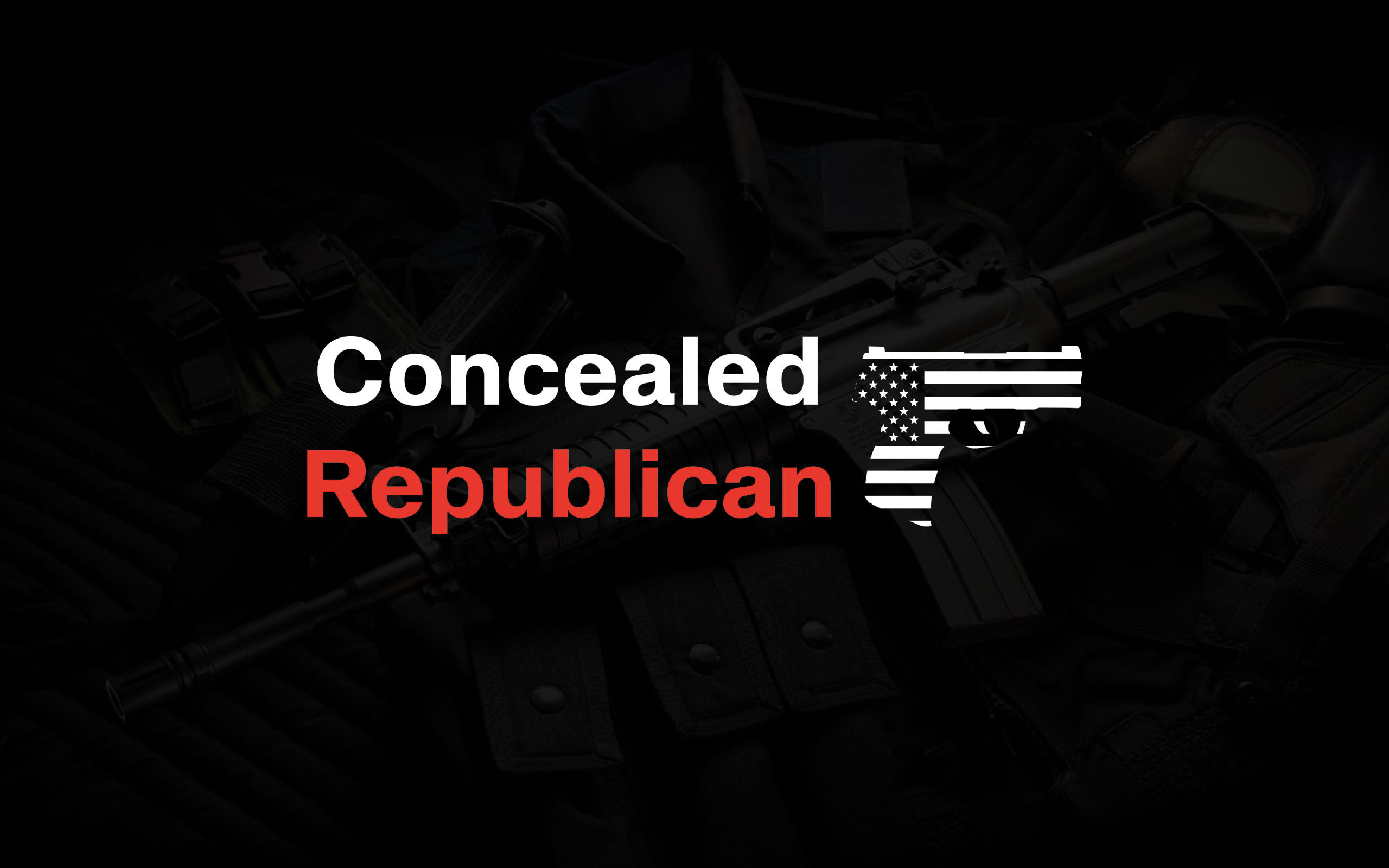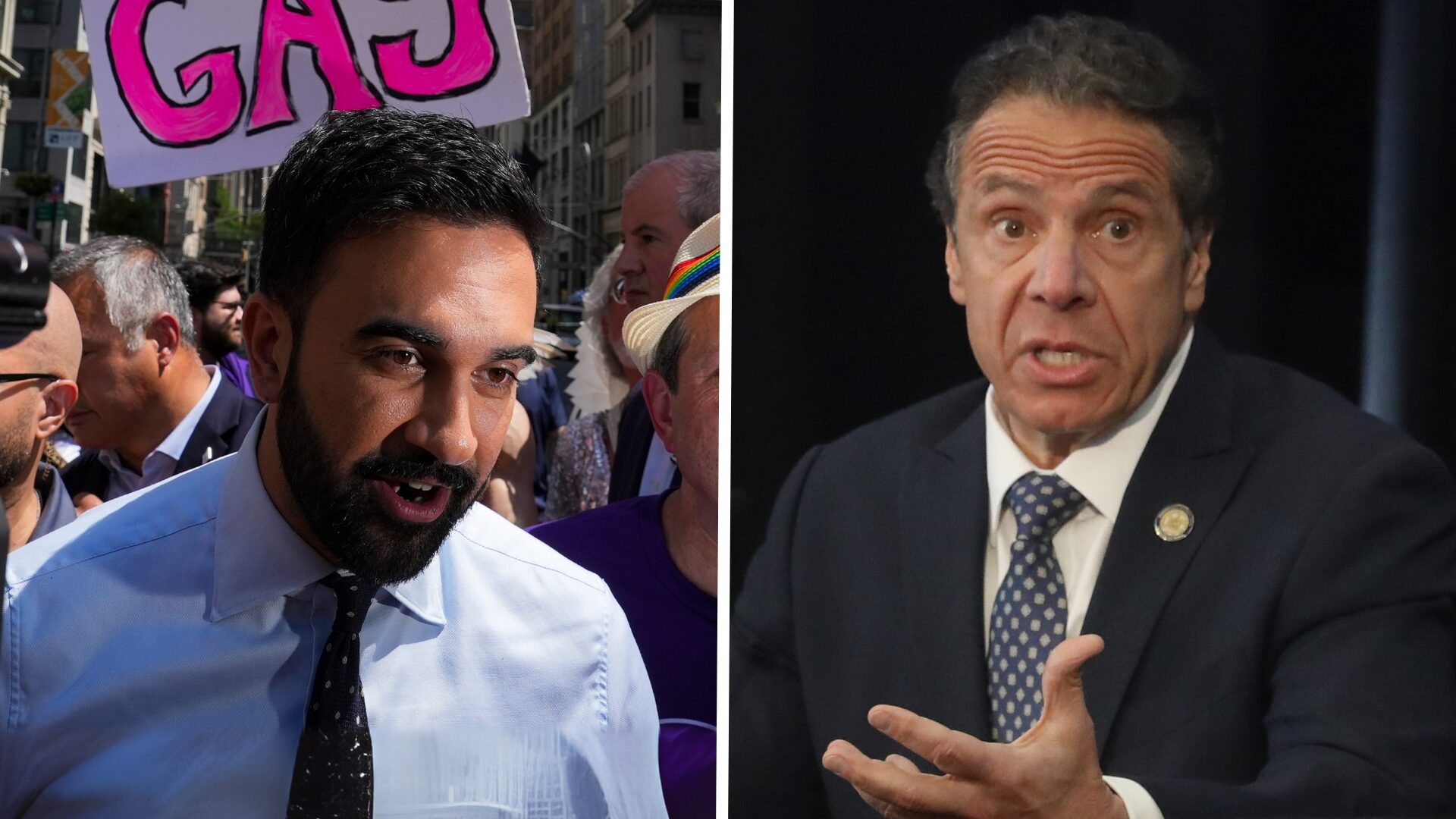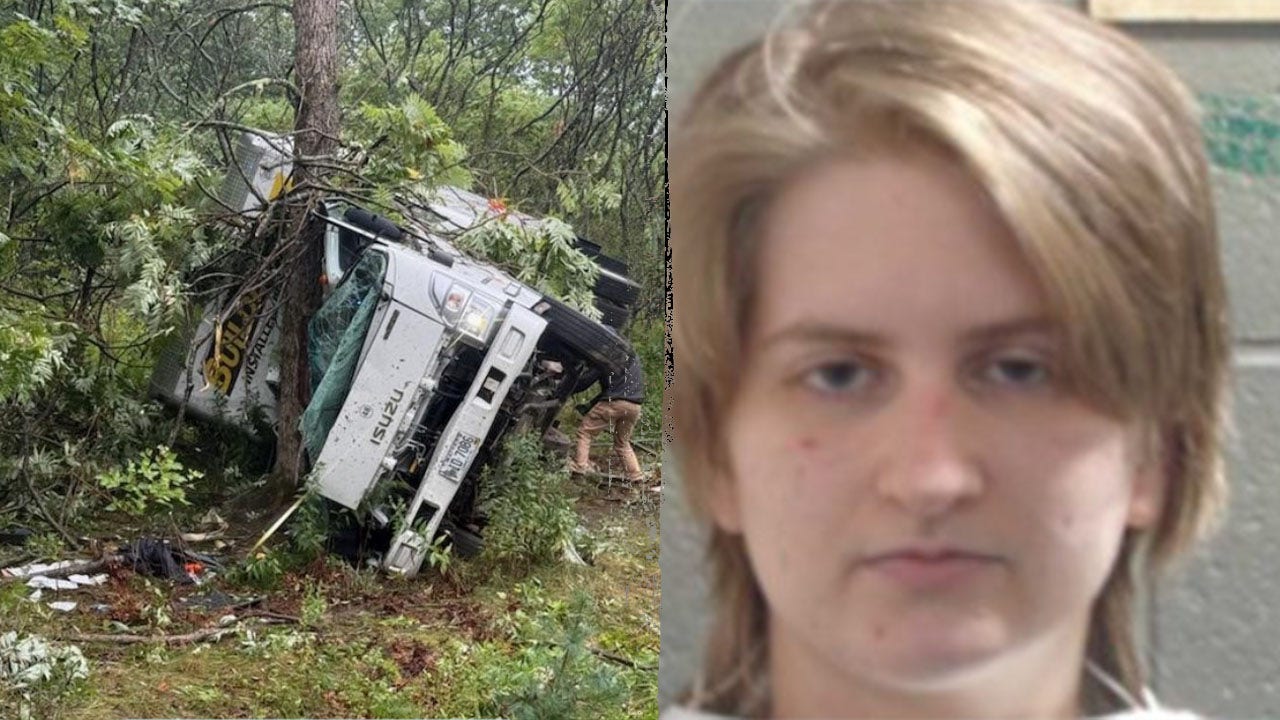She was 78 years old, and her husband had dropped dead in the living room the day before she called me. Mrs. Schultz was trying to come to grips with reality; her husband’s death wasn’t yet fully real to her even though she was planning his funeral.
“We moved down here to Florida last year after talking about doing it for decades,” she said in her Bronx accent. “I think Martin was surprised to die so suddenly.”
The price for the same burial service, all in one town, can vary by 200% to 300%, depending on which funeral home you choose.
We both waited a beat and then shared a chuckle. Laughter and tears go together.
Death and taxes
It was Mrs. Schultz who was surprised and grieving and a little lost. She called me for help planning her husband’s funeral. At the time, I was the director of a nonprofit consumer group dedicated to helping grieving people plan funerals that were both meaningful and affordable. Americans spend more than $20 billion a year to bury or cremate our dead, and a single full-service funeral can easily run $10,000 or more.
But it doesn’t have to cost that much, and it doesn’t have to be the frightening and mysterious transaction that funeral planning has become for so many Americans.
Readers, I want to have a family talk with you. If you’re middle-aged, grab your mom and dad. If you’re elderly, grab your mid-life children. This is the conversation I know that none of you want to have, but I promise that you’ll find yourself feeling relieved when we’re done.
The death of a loved one is the most stressful event that will happen in your life. There’s no reason for the funeral planning to add to the grief. The unknown is what scares us the most, so let’s take the mystery out of it. I’m going to give you an overview of the most typical funeral, burial, and cremation options and how to avoid overspending in a time of grief.
Mortuary mythology
Mortuary mythology: that’s what I call the set of beliefs most adult Americans hold about death, dying, and funerals. Having spoken to tens of thousands of grieving people over the years, I’ve learned that almost everything we think we know about the process is wrong. And it’s wrong in a way that can cost you money you don’t need to spend.
Very few things are required by law when it comes to burying the dead. In every U.S. state, the only legal requirements are for a physician or coroner to certify the death and file a death certificate, for certain paperwork like burial or cremation permits to be filed, and that the body be buried, cremated, or donated to anatomical science.
Really. That’s it. Everything else is your choice. And that includes whether or not to embalm or use a casket.
Embalming is extra
No law in any U.S. state requires embalming simply because someone has died. You do not need to embalm the body to bury it — or even to view it.
Some states do require some kind of preservation if a body is not buried or cremated within 24 hours of death, but embalming (with a price tag of $600 or more) is not the only option; refrigeration can be far more economical.
One other note: Don’t let anyone tell you embalming is necessary to “prevent disease”; contrary to popular misconceptions, dead bodies are not a source of disease transmission.
No casket, no problem
Caskets are not required by law. No law in any state requires a coffin as a condition of burial. Most cemeteries will require them, but so-called “green cemeteries” bar them and prefer old-time burial in just a shroud.
No special casket, even if it’s marketed as “sealed” or “protective” will prevent the body from decomposing. None of them will keep air, water, or earth out.
Neither will any vault or outer burial container (a box for the box that most cemeteries require in order to keep the cemetery level when heavy mowing equipment is used that could crush the casket). Spending extra on a “sealed” box is just throwing cash into a hole in the ground.
Know your options
You can arrange a funeral, burial, cremation, or a memorial service, in almost any combination. Or you can have no ceremony at all and opt for a “direct” cremation or burial. You may also donate a loved one’s body to a medical school.
There are some “new” ways of doing these things you may have heard about, but they’re merely variations on the same basics.
Green or “natural” cemeteries prohibit embalming and metal caskets, preferring to bury the dead naturally as our ancestors did before the late 19th century, with an eye to conserving the land.
You may have heard of “water cremation,” sometimes referred to by brand names such as “Aquamation.” This is the process of using a base (the opposite of an acid) to quickly reduce the body to liquid. Just like with flame cremation, you get the “cremated remains,” the sand-like bone fragments, returned at the end of the process.
Your rights under the ‘Funeral Rule’
Your best protection as a funeral services consumer is something called the “Funeral Rule.” This is a regulation from the Federal Trade Commission that gives you, the customer, the following rights.
By law, funeral homes must:
- Give you price quotes by phone on request;
- Hand you a printed, itemized price list, just like a menu at a restaurant, when you meet with a funeral director to make arrangements; and
- Ensure that the price list allows you to choose “a la carte.” Funeral homes may offer you all-inclusive packages, but they may not require you to buy a package.
The Funeral Rule does not yet require funeral homes to put their price lists online, but consumer advocates hope that will change soon.
Why does the Funeral Rule matter to you? Because of the shocking variation in price between funeral homes for essentially the same service.
Shopping around
You’re used to finding modest price variations on new cars or new phones depending on the vendor. But we’re not talking about that. The price for the same burial service, all in one town, can vary by 200% to 300%, depending on which funeral home you choose.
Let’s look at a real-world example. The nonprofit Funeral Consumers Alliance (I used to direct the organization) is a network of volunteer organizations that does cost-comparison surveys of funeral and cremation prices to make shopping around easier for you.
We’ll use the latest price survey from the Funeral Consumers Alliance of Western Massachusetts as an example.
Suppose we live in the region and are looking for what’s called “direct cremation” and “immediate burial.” Direct cremation is the simplest, least expensive service. There’s no embalming, no casket, and no ceremony. It’s just the retrieval of the body from the place of death, the paperwork, the cremation, and the return of the remains to the family.
A reasonable price for this service is somewhere around $1,200, give or take, and depending on your area of the country. Immediate burial is the same simple service, it just ends at the cemetery instead of the crematory (but remember, cemetery costs are extra).
Consider the incredible price spread for this one service in one region: Depending on which local funeral home you use, you’ll be charged anywhere from $1,600 to $5,275.
This is why shopping around ahead of time when you are not under pressure is the most effective way to control funeral costs. Most families simply use the same funeral home generation after generation without ever comparing services and costs. As a result, many overpay, whether they’re looking for something simple or a more involved funeral.
Your turn
Anne called Funeral Consumers Alliance about seven years ago. Her mother had died, and she didn’t know what to do. The only thing her mother had said about her last wishes was, “I want to be buried next to your father, everything else is up to you.”
But in the intervening years, mom had moved to Wyoming, while Anne lived in Alabama. Dad was buried at the old church cemetery in Maine. The cost of having her mother’s body prepared and flown across the country for a distant burial was not something Anne could afford without jeopardizing her kids’ tuition and the mortgage.
Anne was crying with worry that she was letting her mother down. I suggested that, if her mother could be there now, she probably would not say “Yes, Anne, I want you to skip paying the mortgage and pull my grandkids out of school so that you can afford something expensive and complicated for my dead body.”
The relief was immediate. “You’re right,” Anne said, “My mother wouldn’t want this. She’d understand.”
My friend Michael’s father, Irving, paid for his funeral ahead of time (not usually a good idea). Irving sealed up the paperwork in an envelope labeled, “To my son Michael only to be opened AT MY DEATH.”
I begged Michael to disobey his father and open that envelope early. I knew that his father believed they paid for everything but that Michael would find out otherwise when death came. Michael refused.
Then, his father died. As I feared, there were thousands of dollars in unwelcome and unexpected cemetery fees that could not have been prepaid. This made his father’s death much more difficult for Michael.
I relate these stories in hopes of convincing you to have an open, candid family discussion about funeral planning now, while everyone is still alive. It’s not morbid or weird; it’s loving.
We are all going to die, and we will all leave behind people who miss us and mourn us. Death should be a time for families to come together in grief and remembrance. We don’t have to add financial stress to emotional pain.
Read the full article here











